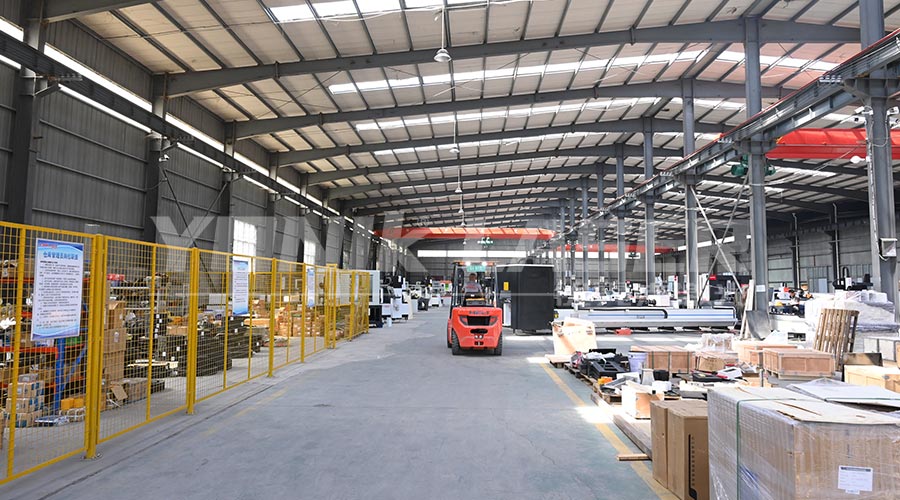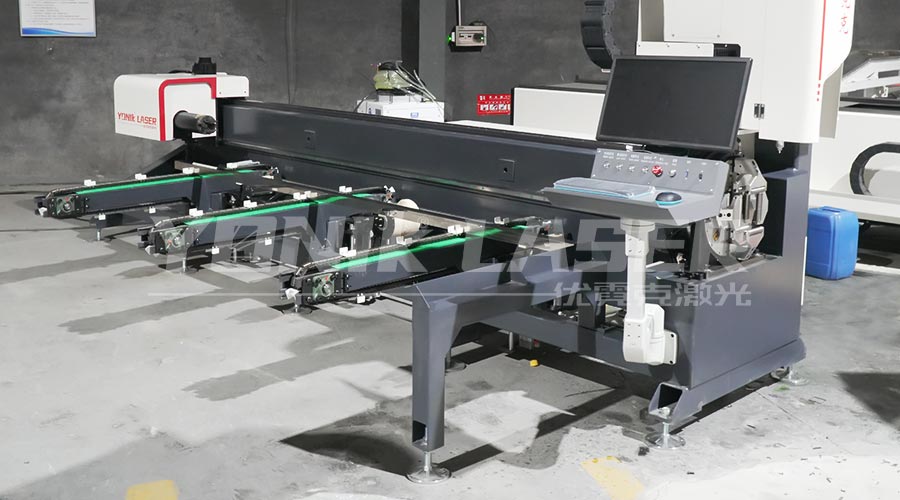The issue of burrs in laser cutting is like a barometer of process quality, directly reflecting the equipment status and the rationality of parameter settings. Up to 60% of cutting quality issues stem from improper parameter configuration, and the generation of burrs often means an increase of 0.3-0.8 yuan in post-processing costs per meter of cutting seam. This article starts from the underlying principles and combines industry measured data to systematically analyze the causes of burrs and parameter optimization solutions, helping you achieve a "mirror level" cutting effect!

1、 The Four Core Causes of Burr Formation
1. Energy density imbalance
Power/speed mismatch: When cutting 3mm carbon steel with a 1000W laser, a speed greater than 12m/min will result in insufficient energy and incomplete discharge of slag
Focus position deviation: The focus deviates from the material surface by ± 0.2mm, resulting in a 40% decrease in energy density
2. Abnormal auxiliary gas
Insufficient air pressure: When cutting 8mm stainless steel, the nitrogen pressure is less than 1.2MPa, causing slag to splash back and form "hooked" burrs
Low gas purity: When the oxygen purity is less than 99.5%, the oxide layer on the carbon steel incision thickens to 50 μ m
3. Deterioration of nozzle status
Aperture deformation: When the ellipticity of the nozzle is greater than 0.05mm, the turbulence of the airflow increases by 70%
End face scratch: A 0.1mm deep scratch causes airflow deflection, resulting in a threefold increase in residual slag content
4. Influence of material properties
Carbon content in carbon steel>0.25%: viscosity of molten material increases, requiring an increase in pressure of 0.2-0.3MPa
Poor thermal conductivity of stainless steel: cutting speed needs to be reduced by 15% -20% to avoid accumulation of molten material
2、 Practical Handbook for Parameter Calibration
1. The golden ratio of power to speed
Operation skills:
Starting from 80% of the benchmark speed, gradually increase the speed until the critical point of burr disappearance is reached
For every adjustment of 0.5m/min speed, it is necessary to synchronously increase or decrease the power by 50-100W
2. Precise control of focal position
Testing method:
Using inclined plate ablation method: Place 45 ° inclined carbon steel under the cutting head and observe the minimum spot position
Laser focus detector: Real time display of focus deviation (accuracy ± 0.01mm)
Adjustment strategy:
Carbon steel: Focus is placed at the bottom 1/3 thickness of the material surface (3mm thickness focus -1mm)
Stainless steel: Focus located 0.2-0.5mm above the material surface
High reflectivity material: using positive defocusing (+2mm) to reduce reflection loss
3. Optimization plan for gas parameters
Gas type selection:
Carbon steel: Oxygen purity ≥ 99.6% (promotes exothermic oxidation reaction)
Stainless steel: Nitrogen purity ≥ 99.95% (inert protection against oxidation)
Aluminum alloy: Compressed air needs to be treated by a refrigerated dryer (dew point temperature ≤ -40 ℃)
Pressure regulation techniques:
Thin plate (<3mm): reduce air pressure by 10% -20% to avoid blowing through
Thick plate (>10mm): adopts a stepped pressurization mode (starting pressure of 1.2MPa, increasing by 0.05MPa per second)
4. Nozzle maintenance and selection
Maintenance standards:
Check the flatness of the nozzle end face daily (observed with a 200x microscope)
Measure the deformation of the aperture every week (replace immediately if the deviation exceeds 0.03mm)
3、 Advanced tuning techniques: Breaking through the limits of craftsmanship
1. Fine tuning of pulse frequency (applicable to stainless steel)
When the base frequency is 2000Hz, adjusting it to 1800Hz can reduce the heat affected zone
Pulse width increased from 50 μ s to 80 μ s, resulting in a 30% decrease in slag viscosity
2. Waveform modulation technology (exclusive to fiber lasers)
Square wave mode: cutting speed increased by 15%
Peak waveform: Increased penetration capability of thick plates by 20%
3. Dual gas path collaborative control
Main gas path (center hole): 99% nitrogen, pressure 1.2MPa
Auxiliary gas path (ring seam): 5% oxygen, pressure 0.3MPa, significantly reducing the oxide layer
Conclusion: Building an Intelligent Parameter Management System
A dynamic tuning mechanism needs to be established to cure the burr problem:
Configure process database: store optimal parameters for different material thickness combinations
Install real-time monitoring system:
Slag video analyzer (monitoring burr generation at 30 frames per second)
Acoustic emission sensor (determining cutting status through noise spectrum)
Implement SPC statistical control: Record CPK values (target ≥ 1.33)

Immediate action: Click to obtain the trial version of "Intelligent Matching Software for Laser Cutting Parameters", or schedule an engineer on-site for DOE (Experimental Design) parameter optimization! Follow us and master more core technologies in precision manufacturing.
Related keywords: laser cutting burr solution, cutting parameter optimization table, focus position adjustment skills, high-precision nozzle selection, gas parameter setting specifications, stainless steel burr free cutting, carbon steel oxide layer control, laser waveform modulation technology
2025-07-22
2025-07-21
2025-07-19